Alaska employees share the importance of Native culture
Share
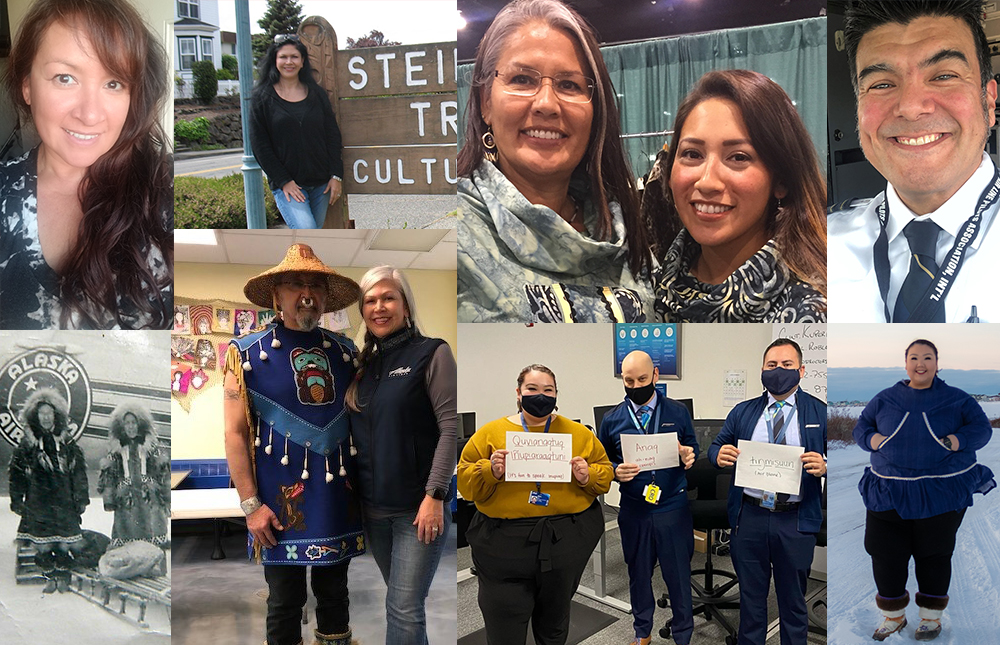
While November serves as a time for giving and spending quality time with loved ones, it also serves as an opportunity to reflect on the contributions that Indigenous people have made to our country and communities.
Our airline’s roots run deep in the state of Alaska. For more than 88 years, we’ve been a lifeline for many Alaska Natives by flying necessary essentials for their everyday life. We value this relationship and would also like to honor all diverse Native communities in which we serve and fly within North America, Costa Rica and Mexico.
To celebrate this month, our employees shared how they connect with their Native heritage and their thoughts on what they would like people to know about their culture:
With heart and Steilacoom spirit
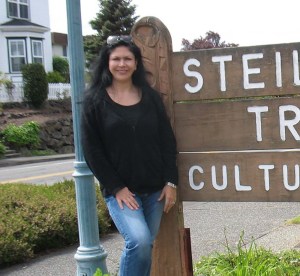
Anchorage-based Alaska inflight supervisor Robyn D. says with her connection to the Steilacoom Indian Tribe, it felt natural to join Alaska’s Native Employee Network (NEN) 14 years ago, of which she has been chair of since 2017. NEN is Alaska’s business resource group filled with passion for uplifting Alaska Native and Native American employees.
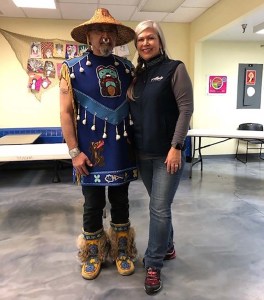
“For me, Native American Heritage Month isn’t a specific month to be recognized but is a culture that fills my heart and spirit daily. I am proud to be enrolled as a tribal citizen in the Steilacoom Indian Tribe. Our Culture Center and Museum is located in Steilacoom, WA, and I briefly sat on the council until relocating to Anchorage. I still love attending tribal gatherings and have wonderful memories watching my uncle Adam cook salmon on cedar planks in front of an open fire and learning how to basket weave from my uncle Les.”
Uvna Agaa Qikiqtagrumi (I’m Agaa, I’m from Kotzebue.)
Kotzebue is a small town located thirty-three miles above the Arctic Circle. At the airport there, Alaska Customer Service Agent Chloe N. has made it a point to share one Inupiaq “word of the day” in her training classes.
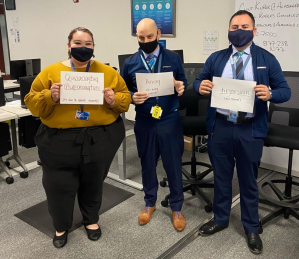
She says in English her name is Chloe, but “Agaa” is her Yupik name. Chloe was named after her great uncle Agaa, who is from Kotlik, originally from St. Mary’s, Alaska.
“Every morning, I’d share a lesson on an Inupiaq word, how to pronounce it, what it means and then quizzed the class on the word from the previous day. Of course, I started with ‘tiNmisuun,’ which means ‘airplane.’ My teammates loved learning Inupiaq, and it made me feel proud to share my heritage with them.”
The importance of history and the resurgence of Native pride
Juneau, Alaska ramp service agent Jerry A. is of Tlingit heritage; a tribe that stretches throughout the southeast panhandle of Alaska into British Columbia, as well as the Yukon Territory and Skokomish Coastal Salish tribes in Washington state. He says he is half Alaska Native from his mom’s side, and half Native American from his dad’s side.
I recognize Native American Heritage Month as a special time because there is a variety of community education work that comes from a wide range of diverse tribes and organizations, which for me, is the Sealaska Heritage Institute. They have been sharing information throughout the month via their YouTube page and other social media channels,” said Jerry.

One thing the average person may not be aware of he says, unfortunately, is the generational trauma that has trickled down, influencing some Native families and individuals, with missed opportunities to learn, embrace and celebrate their culture out of fear or shame. This has led to the endangerment of Native history and language. Fortunately, there has been a resurgence in the last several years to educate those willing to learn with an emphasis on teaching children. For example, before the pandemic, there were elementary school classes that integrated the Tlingit language into the learning curriculum. “I’m looking forward to the work resuming to help reignite our Native pride,” he says.
Family, feasts and feelings of fulfillment
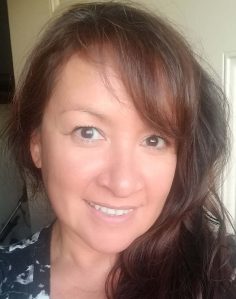
Anchorage-based Alaska Flight Attendant Melissa K. says she feels it’s important for people, especially Alaska employees, to learn more about Native culture; as a half-Inupiaq person whose mother is from King Island and great grandfather was the chief there, she has great pride in her ancestry. King Island, located in the middle of the Bering Sea, is no longer inhabited. Once a thriving community before being overtaken with tuberculosis, the people migrated to Nome, Alaska and other villages in 1959.
“We are resilient and resourceful. Subsistence and sustainability are still a big thing in Alaska; everything we hunt, we eat. We use every part of the animal, and we fill our freezers in the winter,” said Melissa. “When I visit home, I connect with my culture and my family with a Native feast.”
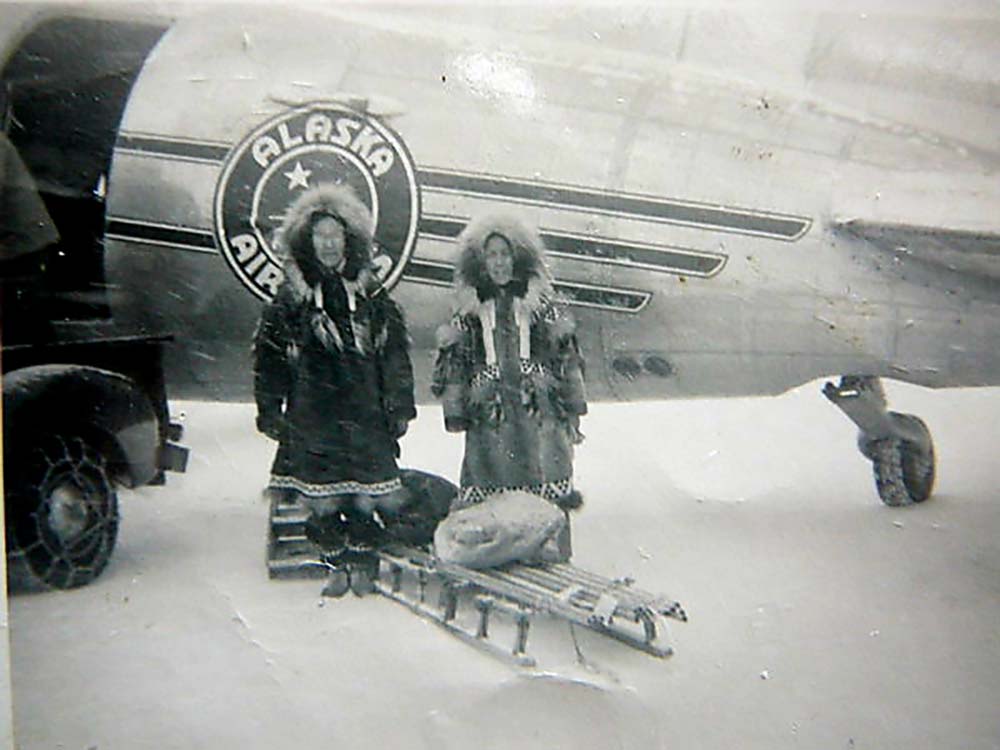
Proud family history and dreams of flying come true
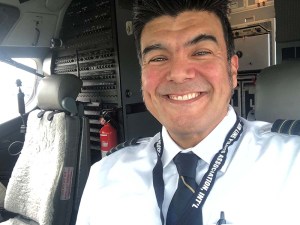
While Portland-based Captain Jay W. spends the bulk of his adult life in Washington state, he hopes to share Native traditions his mom and family taught him with his children, like berry picking in Nome, Alaska.
“The Native experience for me involves respect for the land, resources and elders and the ability to share that with future generations,” said Jay. “Summers in Nome were very busy, as it included a subsistence lifestyle of gathering food for the frozen winter months, much like our ancestors did. In the summer months, we traveled to a fish camp called Nook and would stay there for weeks. When not catching and drying fish, we would spend time in the tundra picking berries and greens. Most of the food would be stored for wintertime.”
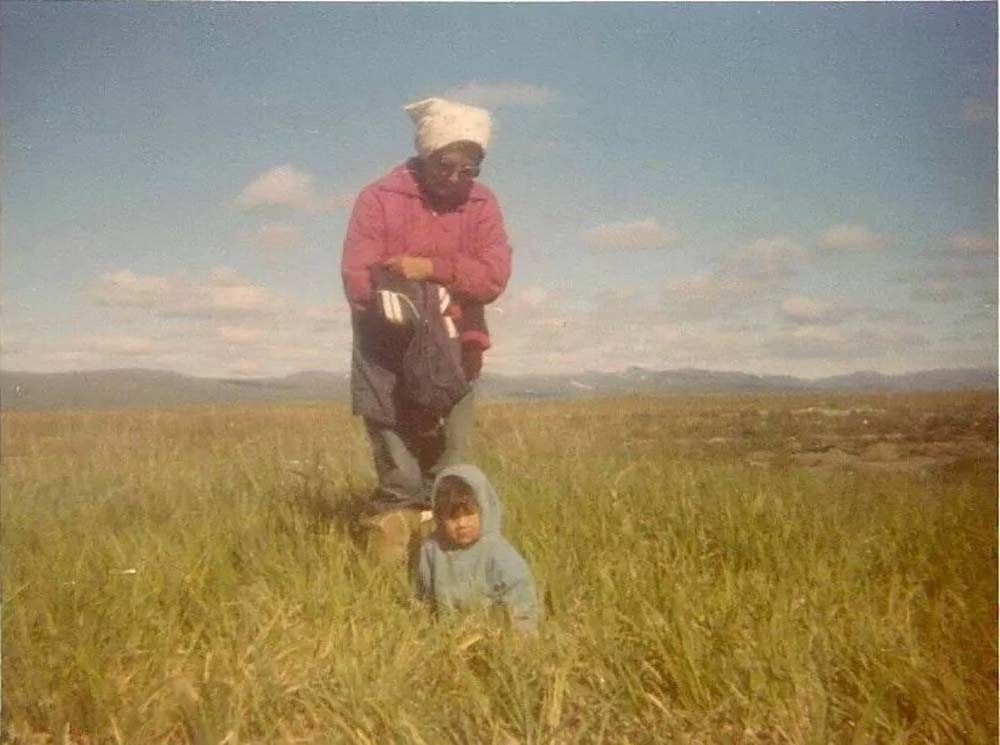
Native traditions, and the importance of honoring language
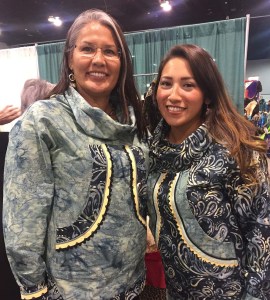
Growing up fishing, hunting and gathering in Koyukuk, Alaska to live a subsistence lifestyle, Seattle-based Alaska Flight Attendant Sherri K. says her grandmother also taught her to sew/ knit and the importance of language.
“What I would like for people to know about my culture is that there is a lot of non-verbal communication in the Native communities that non-Natives are not familiar with. It is often misunderstood as being ignored or non-responsive,” said Sherri. “I also feel that it’s essential for us – especially as employees – to learn the proper pronunciation of Alaska places and landmarks by asking Alaska Natives or doing an online search for Native Alaska pronunciations. Taking the time to try and get it right is an important part of respecting our culture and the residents born and raised in these communities.”
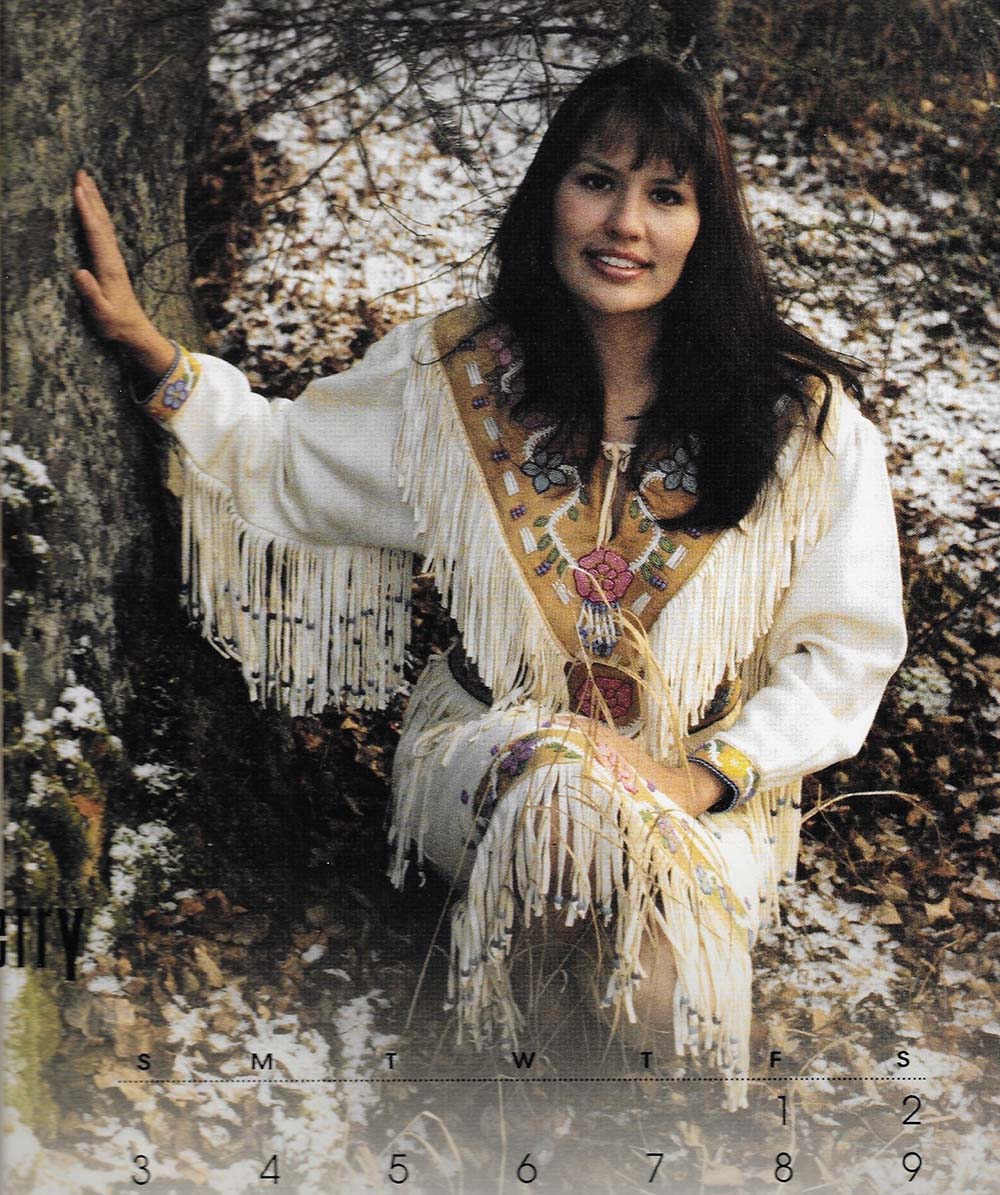
Alaska Airlines Native Employee Network
At Alaska, our Native Employee Network (NEN) business resource group provides social and networking opportunities for our Alaska Native and Native American employees so they feel committed and connected to their workplace. In addition to supporting Alaska and Horizon’s commitment to attracting and retaining Alaska Native and Native American employees and customers, NEN works with our company to continue being a neighborhood partner by volunteering in the communities we serve.
Shanyn Wright conducted interviews and contributed to this story. Shanyn is a West Coast nomad, having bounced around from Hawai’i to California and now, Washington. No matter where she goes, Shanyn tries to spread the Aloha spirit by sharing culture and is a multimedia communications specialist at Alaska Airlines and member of Alaska’s Pacific Islander Alliance Business Resource Group.




Comments
Just another reason that I love Alaska Airlines…..its employees are amazing!!!
Comments are closed.